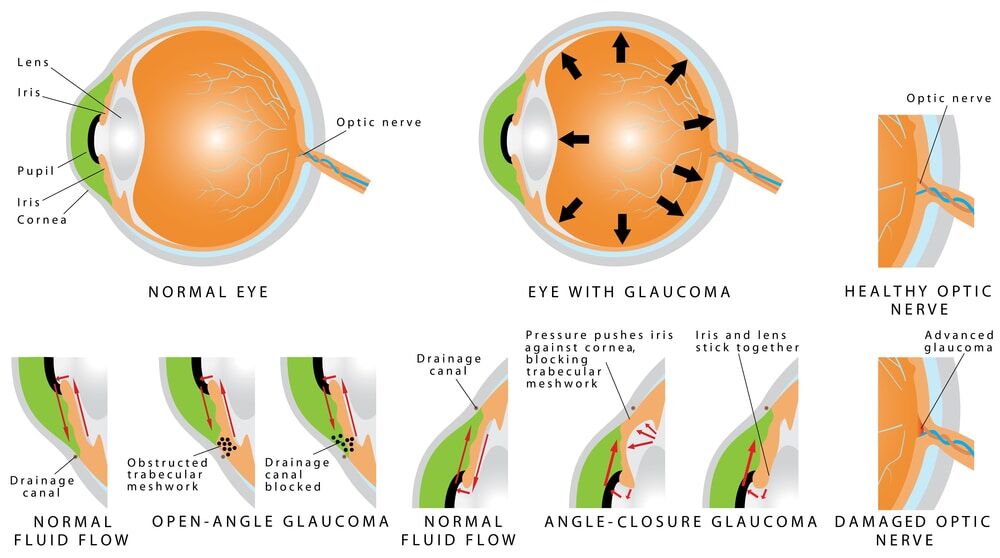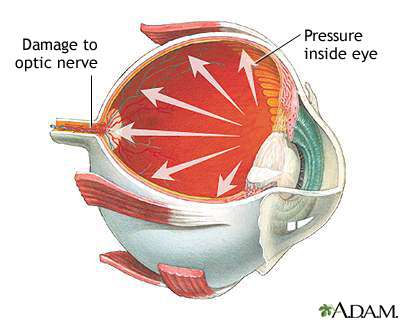Top Eyecare Near Me: Expert Providers for Optimum Eye Wellness
Top Eyecare Near Me: Expert Providers for Optimum Eye Wellness
Blog Article
Understanding the Different Vision Improvement Procedures Available for Clearer View
In the realm of vision adjustment treatments, a wide range of alternatives exist to resolve refractive errors and offer individuals with more clear view. From the extensively identified LASIK surgical treatment to much less intrusive procedures like PRK and implantable lenses, the field of ophthalmology provides a variety of strategies customized to match different needs and choices. Each treatment features its very own collection of factors to consider, advantages, and potential dangers. Recognizing the subtleties of these vision correction techniques is essential for making notified decisions concerning one's visual health. Allow's discover the intricacies of these procedures and clarified the path to attaining improved vision clarity.
LASIK Surgery
LASIK surgical procedure is a common refractive treatment used to deal with vision troubles such as astigmatism, nearsightedness, and farsightedness. This surgical method, which stands for Laser-Assisted in Situ Keratomileusis, aims to reshape the cornea to boost exactly how light is focused on the retina, eventually boosting vision clearness.
One of the key advantages of LASIK surgical procedure is the quick renovation in vision experienced by clients. Several individuals discover a substantial enhancement in their vision instantly after the procedure. In addition, many individuals report marginal discomfort and discomfort during the surgical procedure and recovery duration. The recovery time for LASIK is fairly quick, with several individuals returning to their everyday tasks within a day or two post-operation. Overall, LASIK surgical treatment is a preferred choice for individuals looking for a lasting solution for their vision issues.
PRK Treatment
While also a common refractive procedure, the PRK (Photorefractive Keratectomy) technique differs from LASIK surgery in its technique to correcting vision troubles. In PRK, rather than developing a flap on the cornea, the outer layer of the cornea, called the epithelium, is totally removed. This permits the laser to reshape the cornea to remedy refractive mistakes such as farsightedness, nearsightedness, and astigmatism straight externally.

Regardless of the longer recovery time, PRK can yield outstanding outcomes in vision enhancement, making it a beneficial option for those that may not appropriate candidates for LASIK surgical treatment.
Implantable Lenses
In comparison to PRK where the cornea is improved straight, implantable lenses offer another method for remedying vision by placing man-made lenses inside the eye. This treatment is especially valuable for people with high levels of astigmatism, farsightedness, or nearsightedness who may not be suitable prospects for laser surgical procedures like LASIK or PRK.
Implantable lenses, additionally called phakic intraocular lenses, job by supplementing the eye's all-natural lens with an artificial one. eyecare near me. These lenses can be positioned before the natural lens (anterior chamber) or behind the iris and before the natural lens (posterior chamber) By adjusting the power and positioning of these lenses, ophthalmologists can properly deal with refractive errors and enhance aesthetic acuity
One advantage of implantable lenses is that they are detachable and exchangeable, giving adaptability for future modifications. As with any kind of medical procedure, there are threats entailed, such as infection or cataract development. Patients taking into consideration implantable lenses ought to talk to an eye care specialist to determine the most suitable alternative based on their specific demands and eye health and wellness.
Corneal Rings
Corneal rings, also recognized as intracorneal ring segments, are tiny, transparent gadgets inserted into the cornea to correct vision distortions such as keratoconus. Keratoconus is a problem where the cornea thins and protrudes outward, triggering vision to become altered. The insertion of corneal rings helps to flatten the cornea, boosting visual skill and minimizing the irregular astigmatism triggered by keratoconus.
The treatment for inserting corneal rings is fairly fast and minimally invasive, commonly performed as an outpatient procedure. Throughout the surgery, the eye doctor makes a tiny incision in the cornea and inserts the rings at a certain deepness. When in position, the rings assist to improve the cornea, giving a smoother surface for light to enter the eye, which can important link lead to more clear vision.
Corneal rings are considered a reversible procedure, as they can be gotten rid of or changed if necessary. glaucoma service near me. While they may not totally remove the demand for glasses or contact lenses, corneal rings can substantially improve vision high quality and general aesthetic convenience for people with keratoconus or various other corneal abnormalities
Refractive Lens Exchange
Adhering to the adjustment of corneal irregularities with procedures like corneal rings, one more vision adjustment method that can deal with refractive errors is Refractive Lens Exchange (RLE) RLE is a surgical procedure that involves replacing the eye's all-natural lens with a man-made intraocular lens (IOL) to remedy refractive mistakes such as farsightedness, presbyopia, and nearsightedness. This procedure is particularly advantageous for individuals that may not appropriate candidates for procedures like LASIK or PRK as a result of aspects such as thin corneas or high refractive errors.

Verdict
In final thought, there are different vision modification procedures available to aid people achieve more clear view. LASIK surgical treatment, PRK treatment, implantable lenses, corneal rings, and refractive lens exchange are all options that can resolve different vision issues. It is necessary for individuals to seek advice from with their eye click reference care service provider to identify one of the most suitable treatment based upon their details click to read more demands and choices. With developments in technology, accomplishing enhanced vision is currently extra accessible than in the past.
In the world of vision adjustment procedures, a multitude of alternatives exist to address refractive errors and give individuals with more clear view.LASIK surgical procedure is a common refractive treatment utilized to fix vision problems such as nearsightedness, astigmatism, and farsightedness.While additionally a common refractive treatment, the PRK (Photorefractive Keratectomy) technique varies from LASIK surgical procedure in its technique to correcting vision issues.Adhering to the correction of corneal abnormalities with treatments like corneal rings, an additional vision improvement strategy that can attend to refractive errors is Refractive Lens Exchange (RLE) LASIK surgery, PRK procedure, implantable lenses, corneal rings, and refractive lens exchange are all choices that can attend to various vision issues.
Report this page